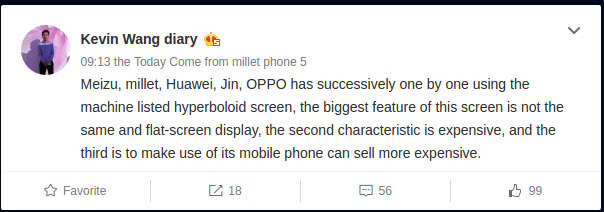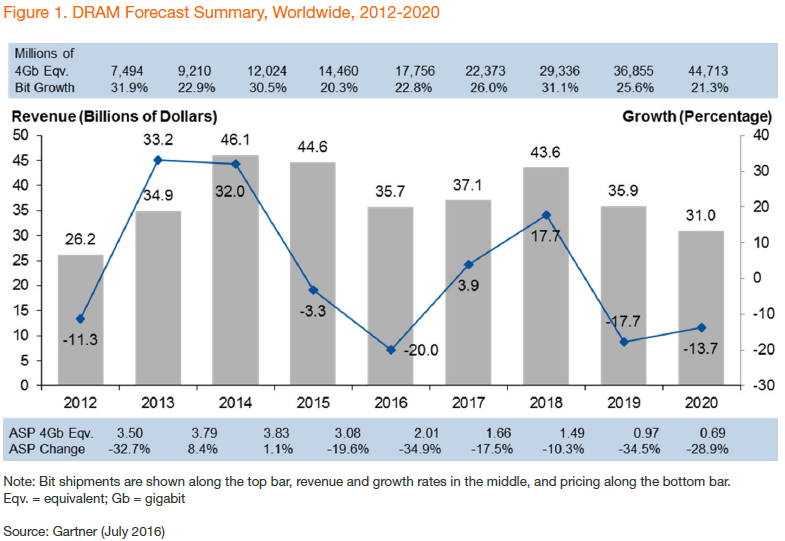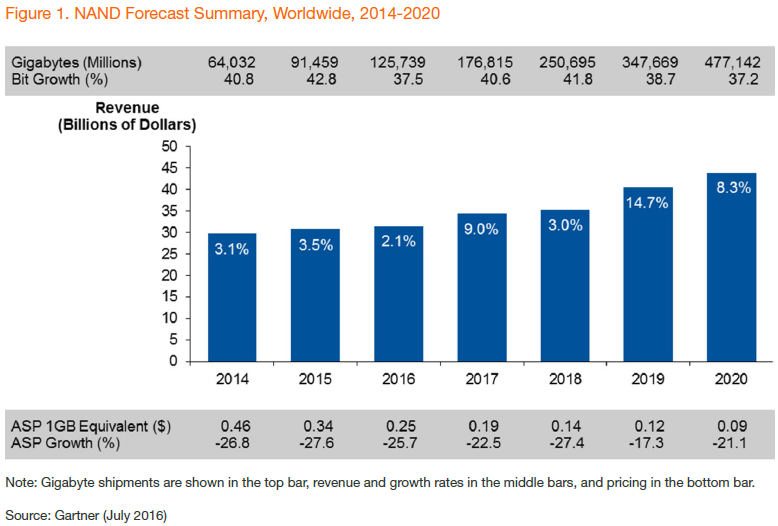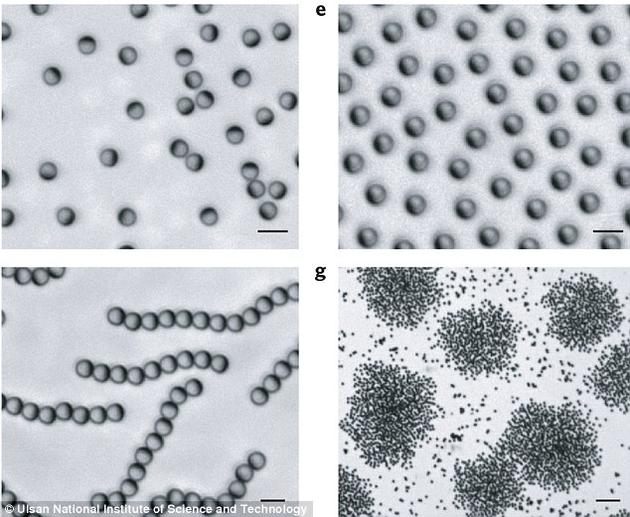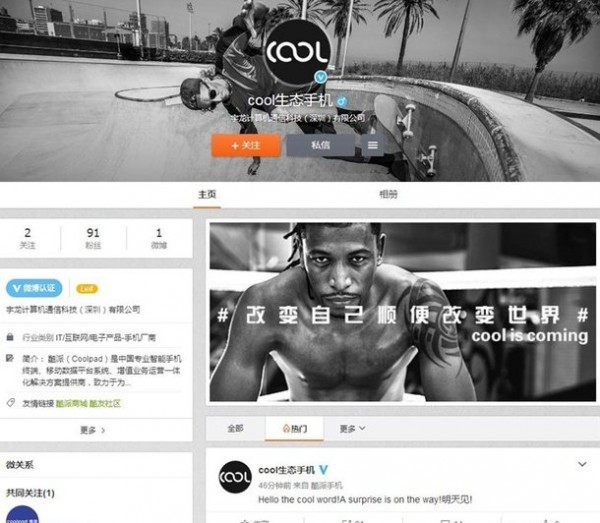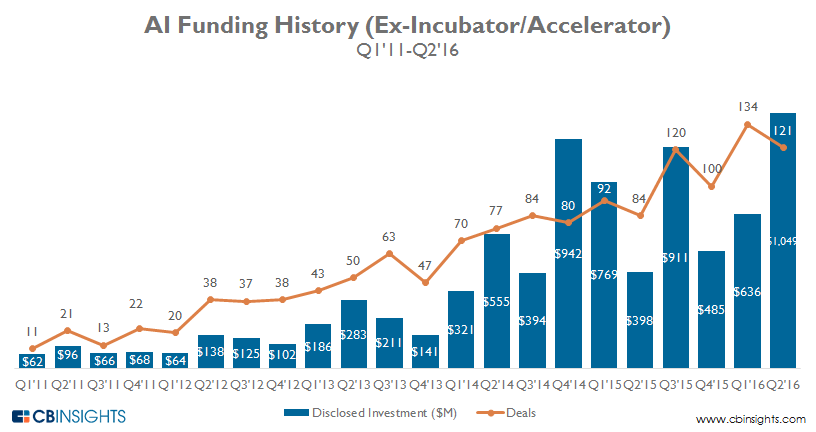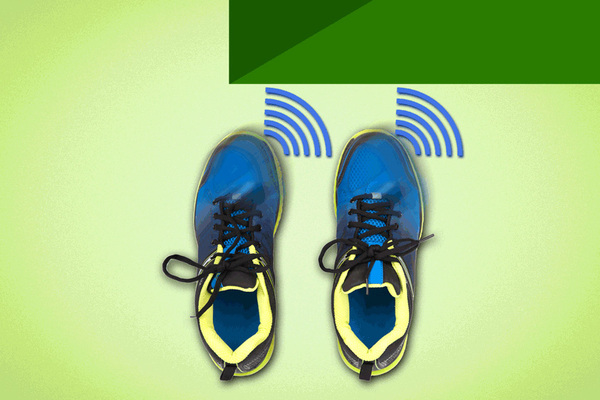
8-1: Qualcomm and OPPO have entered into a new 3G and 4G patent license agreement for China; Didi Chuxing is reportedly taking over Uber’s local business in China; China vendors have curved display smartphones for the market soon; etc.
|
Chipset |
| Qualcomm and OPPO announced that that they have entered into a new 3G and 4G patent license agreement for China. Under the terms of the agreement, Qualcomm has granted OPPO a royalty bearing patent license to develop, manufacture and sell 3G (WCDMA and CDMA2000) and 4G, including 3-mode (LTE-TDD, TD-SCDMA and GSM) complete terminals. (CN Beta, 163, Yahoo, NASDAQ) |
|
Touch Display |
| According to IHS analyst Kevin Wang, Huawei, Xiaomi, Meizu, Gionee and OPPO have all perfected plans to churn out smartphones using hyperboloid or curved display screen. (Gizmo China, Sohu, ChinaZ) |
| TrendForce forecasts that micro-LED displays for smart wearable devices will enter the mass production stage in 2018, with heavy investments from Sony and Apple. It will become available for smartphones later in 2020. (TrendForce, press, China Times) |
|
Memory |
| According to Gartner, the DRAM market will remain in oversupply until 2Q17, when it will move back into an undersupply that will last for the remainder of 2017 and 2018. DRAM pricing is forecast to decrease 34.9% in 2016 and decline to 17.5% in 2017. (Gartner report, Gartner data) |
| According to Gartner, 3D NAND production difficulties are likely to continue deep into 2017, tempering supply growth and tightening the supply-and-demand balance into 2Q17. NAND pricing has stiffened in 2016 — and will likely remain stiff in 2017 — due to the shortage situation, with prices at negative 25.7% and negative 22.5%, respectively. (Gartner report, Gartner data) |
|
Sensory |
| Massachusetts Institute of Technology (MIT) and Charles Stark Draper Laboratory are working on boots with built-in sensors and motors that vibrate on unsteady terrain to help the wearer navigate around obstacles. (CN Beta, Christian Science Monitor, Science Daily, MIT) |
|
Biometrics |
| Biometric methods promise better user experience (UX) and accountability than other types of authentication, but many implementations fail to deliver on that promise. Fingerprint is now widely (but not universally) available on smartphones, and can be exploited to replace passwords and thus improve UX, but trust and accountability benefits are negligible. (Gartner report) |
|
Material |
| Ulsan National Institute of Science and Technology (UNIST) Korea has created a material that self-assembles on command into swarms, chains, or clusters. Inspired by how bees fly in a swarm and bacteria form clusters, the team has designed a set of self-propelled colloidal spheres that self-arrange into a pattern when exposed to an electric field. (Digital Trends, Nature, PhSky, HNR) |
|
Smartphones |
| The US economy grew by 1.2% in 2Q16, weaker than expected, according to an advance estimate released. Economists had forecast an improvement in growth from the first quarter to an annualized pace of 2.5%. (Investing, Business Insider, TechNews, BEA) |
| Apple has just leased 40,000 square feet of prime real estate in Bangalore / Bengaluru to set up a development accelerator for iOS Apps. (IGYAAN, Motley Fool, TechNews) |
| Uber is planning on investing USD500 million dollars to map the world’s roads. (The Verge, Financial Times, Tencent, IT Home) |
| Chinese ride-hailing service Didi Chuxing is reportedly taking over Uber’s local business in a deal valuing the combined company at USD35 billion. (The Verge, Bloomberg, Re/Code, Tencent, Sina, CN Forex) |
| Didi Chuxing and Uber both have denied the rumor of merger in China. (CN Beta, 163) |
| LeEco in collaboration with Coolpad building a new smartphone brand Cool ecosystem. (CN Beta, 163, PC Pop, Gizmo China) |
|
Wearables |
| According to TechCrunch, for a new technology like VR to take off, generally 4 factors need to be met: 1) Multiple users; 2) Diverse, high-quality content; 3) Falling device prices; and, 4) budding startup ecosystem. The biggest reason we should all be bullish on VR is its potential for integration in social media, especially mobile. (TechCrunch, article) |
|
IoT |
| Funding in artificial intelligence startups has increased more than fourfold — to USD681 million in 2015, from $145 million in 2011 — according to the market research firm CB Insights. The firm estimates that new investments will reach USD1.2 billion this year, up 76% from last year. (CB Insights, press, CN Beta, Venture Beat, CB Insights) |
